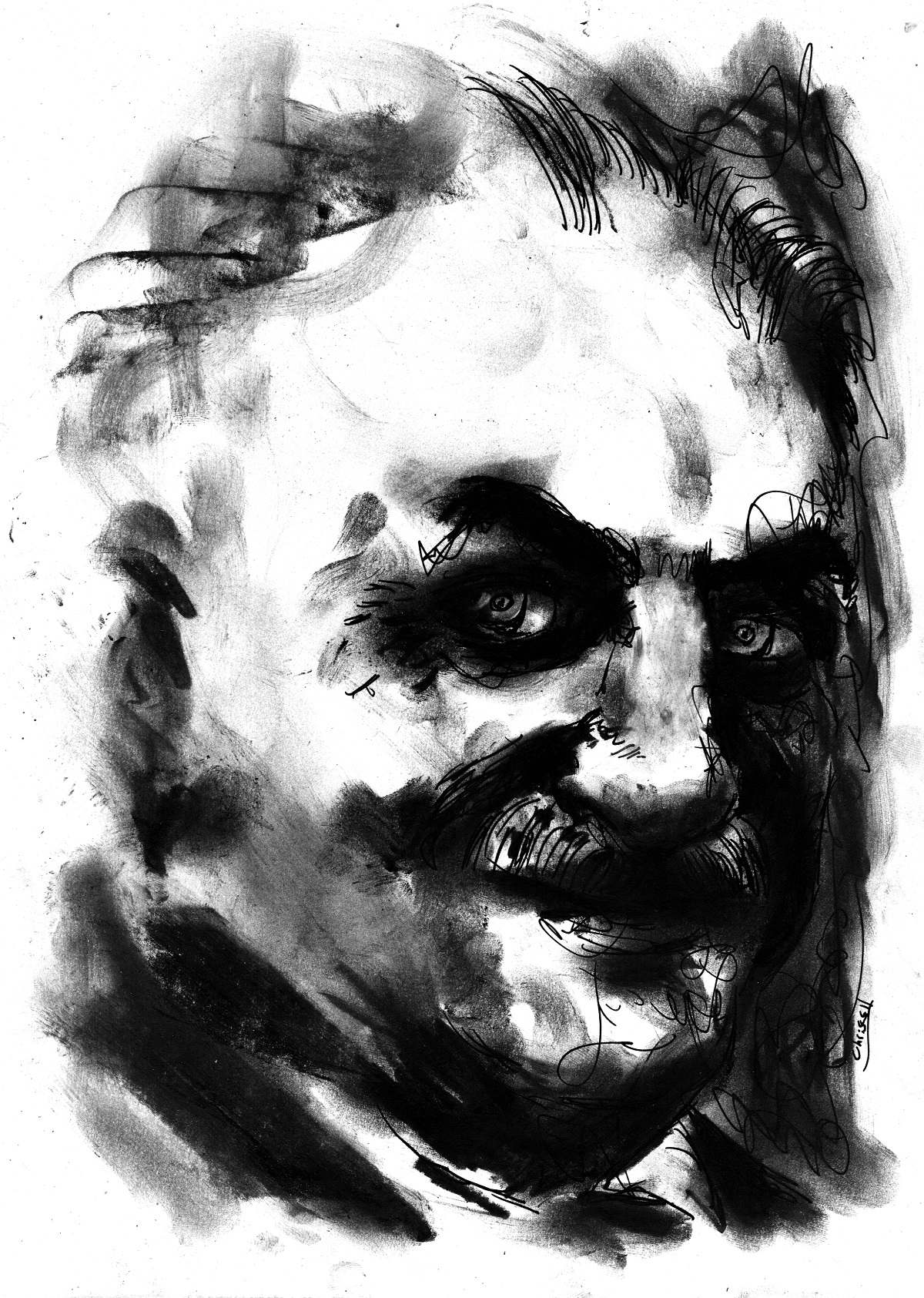I’m not sure how it started, or where it will end. I mean, these records I collect. They’ve taken over my house… my life. I don’t have enough minutes left in my life to even listen to them all.
I have multiple copies of the same stuff.
Do I really need 35 White Albums?
Perhaps, I’ll sell them all.
But really, who else would want them?
Is there anybody else out there who wants my Indian war chants album?
What about my Peter Grudzien album that I searched the world for, only to find in a New York thrift store?
This record is important to me, and me only.
I couldn’t put a price tag on that.
I got it for a couple of dollars, but it’s actually priceless… Well, it is to me anyway.
And really, if I tried to sell my ‘sounds of North American frogs’ album, would I really have any takers?
The album was released on, perhaps, my favourite record label, ‘Smithsonian Folkways Records’.
Each one of their records comes in a thick black sleeve for protection.
These things could survive a nuclear explosion.
The sleeve is wrapped in a sticker for the cover, sometimes with a photo of the artists, or in many cases, some great folk art.
On the inside comes a very detailed booklet, explaining everything about the recordings, the track listings, and lyrics (if there are any).
Sometimes, they even come with musical transcriptions so you can play along.
Many of their records are ‘field recordings’, where, instead of getting the artist or subject to come to a recording studio, they send a sound engineer – often Alan Lomax – equipped with recording equipment to capture the sounds in their natural habitat.
These recordings range from the aforementioned North American frogs, to prisoners singing on a chain gang, or Mexican mariachi bands playing in a tequila-soaked cantina on a Sunday afternoon.
Some of my favourite artists have recorded on Folkways, such as Leadbelly, Woody Guthrie, Cisco Houston, Big Bill Broonzy, and Elizabeth Cotton.
Even Bob Dylan was captured once or twice by Folkways, but due to his contract with Columbia, they had to release his recordings under an alias, Blind Boy Grunt.
The label was founded by Moses Asch in 1948, with a mind to record and document sounds and music from everywhere in the world.
He did alright, releasing almost 3,000 records in his lifetime, which were recorded all over the globe, including ireland.
In 1952, Jean Ritchie – an iconic folksinger and dulcimer player from Kentucky – travelled Ireland to trace the origin of her Kentucky versions of songs, and compare them with Irish versions.
During the course of her travels, Richie and her husband made field recordings of local performers.
Their ventures took them all over the country, including up North where they visited the home of singer Sarah Makem, where they recorded her along with her son, Tommy.







